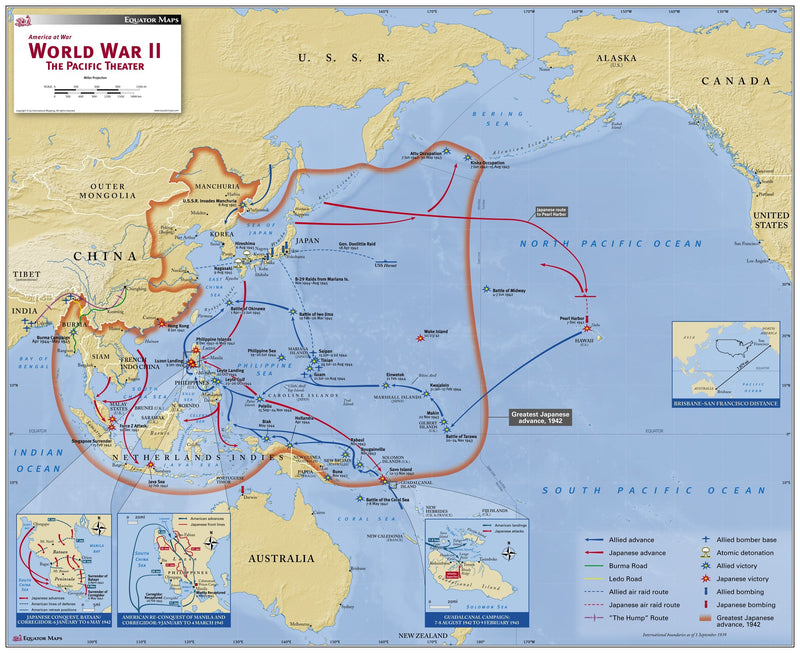

Kennedy argues that “at no other time in history did the naval balance of power change as much” as during the crucial period covered by the book. Victory at Sea is an analysis of power shifts in the international system and a study in the causes of historical change. By war’s end four of them were vanquished. It tells the story of convoys, amphibious landings and naval battles involving the six great powers and their allies. Like Rise and Fall (677 pages), Victory at Sea is equally magisterial (544 pages) even if the scope is a decade and a half rather than half a millennium. Success or failure hinged on decisions around investment, defense and consumption. It argued that the challenge for the great powers is to balance their economic capacity with their military power and strategic commitments. It was required reading in foreign ministries. A prolific author and columnist, he is perhaps best known for his The Rise and Fall of Great Powers: Economic Change and Military Conflict from 1500 to 2000 (1987). Richardson Dilworth Professor of History, and Director of International Security Studies at Yale, where he also taught the Grand Strategy seminar with the late diplomat Charles Hill and Gaddis Smith. The British-born, Oxford-trained Kennedy is currently the J.

Victory at Sea is divided into five parts: Setting the Stage Narrative of the Great Naval War, 1939–42 The Critical Year of 1943 Narrative of the Great Naval War, 1944–45 Aftermath and Reflections. As Kennedy relates, the European war began with U-boats sinking British warships while the Pacific war would begin with a surprise Japanese assault by air – “The age of modern asymmetric weaponry had arrived.” Historian Paul Kennedy’s Victory at Sea: Naval Power and the Transformation of the Global Order in World War II is the story of how the navies of the United States, the United Kingdom, France, Germany, Italy and Japan prepared from the mid-1930s and then fought in the waters of three main theaters: the Mediterranean, the Atlantic and the Indo-Pacific. Victory at Sea: Naval Power and the Transformation of the Global Order in World War II


 0 kommentar(er)
0 kommentar(er)
